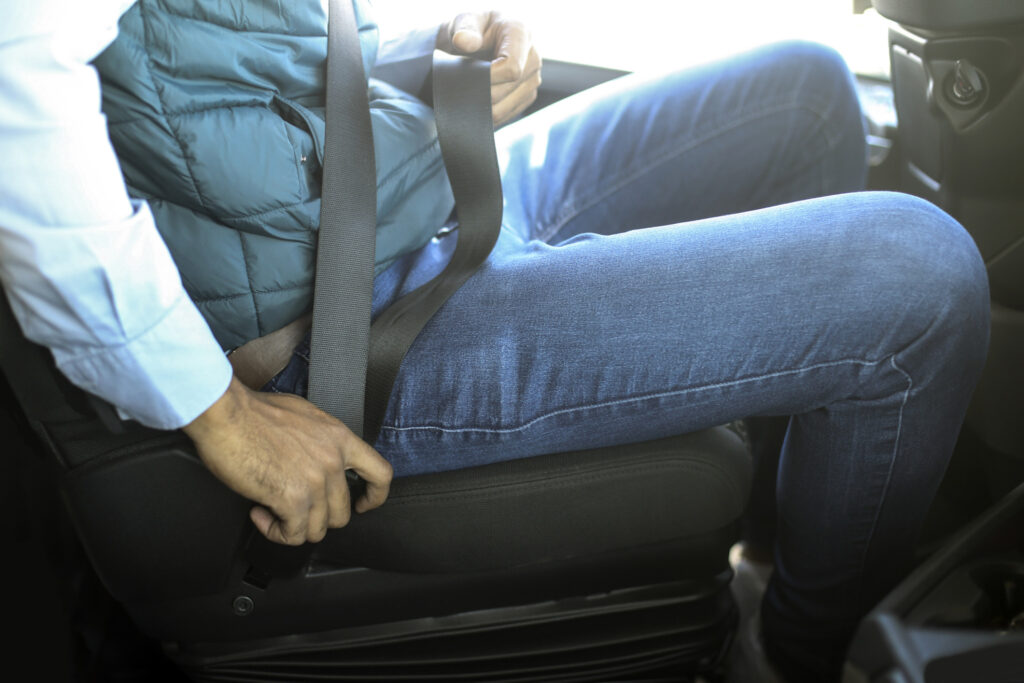A safety message worth repeating
One of the fundamental rules of highway safety is to keep your eyes on the road. It’s so ingrained in our public consciousness that it hardly seems to be worth repeating.
Except it is.
For proof, look no further than the results of a three-day traffic initiative by the Leeds County detachment of the Ontario Provincial Police (OPP) and the Ontario Ministry of Transportation. On June 4, they announced 37 tickets for using cell phones behind the wheel, 15 for failing to wear seatbelts, and 21 tickets for other offences.
Some of the drivers were watching YouTube videos as they rolled down the highway. Others were conducting video calls using FaceTime.

I would refer to the latter examples as “jaw-dropping” situations except for the fact that we see drivers of every stripe doing such things every day. Only weeks earlier I passed I car that was widely swerving in its lane only to notice that its driver was busy filming his surroundings with a cell phone – a wannabe Spielberg on wheels.
And remember the messages to “click it or ticket”? Clearly that message has been forgotten as well.
Using a seatbelt has been proven time and again to be a matter of life or death. The U.S. Federal Motor Carrier Safety Administration (FMCSA) found that, in 2019, 13% of the large truck occupants involved in fatal crashes were not wearing safety belts. Forty-two percent of those not wearing safety belts were counted among those who died. Compare that to 8% of the truck drivers who died despite using them.
Then there’s the matter of speed. The Commercial Vehicle Safety Alliance (CVSA) notes speeding was a factor in 26% of North American traffic fatalities in 2018, killing more than 25 people per day. Other data shows that a 16 km/h increase in speed will increase crash risks by 9.1%. The Insurance Institute for Highway Safety says speeding has been a factor in more than one in four crash-related deaths since 2008.
Today’s tractor-trailers are undeniably safer than their predecessors, thanks to regulatory changes and evolving technologies alike.
Antilock Braking Systems (ABS) help prevent locked wheels and jackknifes. Underride guards catch cars before they jam underneath trailers. Conspicuity markings ensure equipment is more visible at night. Emerging collision mitigation systems will trigger foundation and engine brakes alike when the distance between two vehicles comes too close for comfort. Blind spot detection systems, convex mirrors, and ongoing changes to everything from hood profiles to window shapes help improve visibility. Telematics data can refine training needs right down to the individual driver.
No enhancement is foolproof, but each is a welcome change to help reduce traffic-related injuries and fatalities.
The most important factor, however, will always be the driver at the wheel – the individual responsible for monitoring surroundings, identifying threats, and taking actions based on what they see. It’s why commitments to further enhance driver training are so important to road safety. Everyone who climbs behind the wheel should understand what to watch for and why.
Stay focused. Buckle up. Slow down.
The tactics are anchored in common sense. But even if you think they go without saying, they’re worth repeating.
Have your say
This is a moderated forum. Comments will no longer be published unless they are accompanied by a first and last name and a verifiable email address. (Today's Trucking will not publish or share the email address.) Profane language and content deemed to be libelous, racist, or threatening in nature will not be published under any circumstances.
Receive messages while driving and companies that expect a quick response are a major part of the problem
Good article John.
Speed and Space,
Speed and Space,
Speed and Space,
we say it over and over and over.